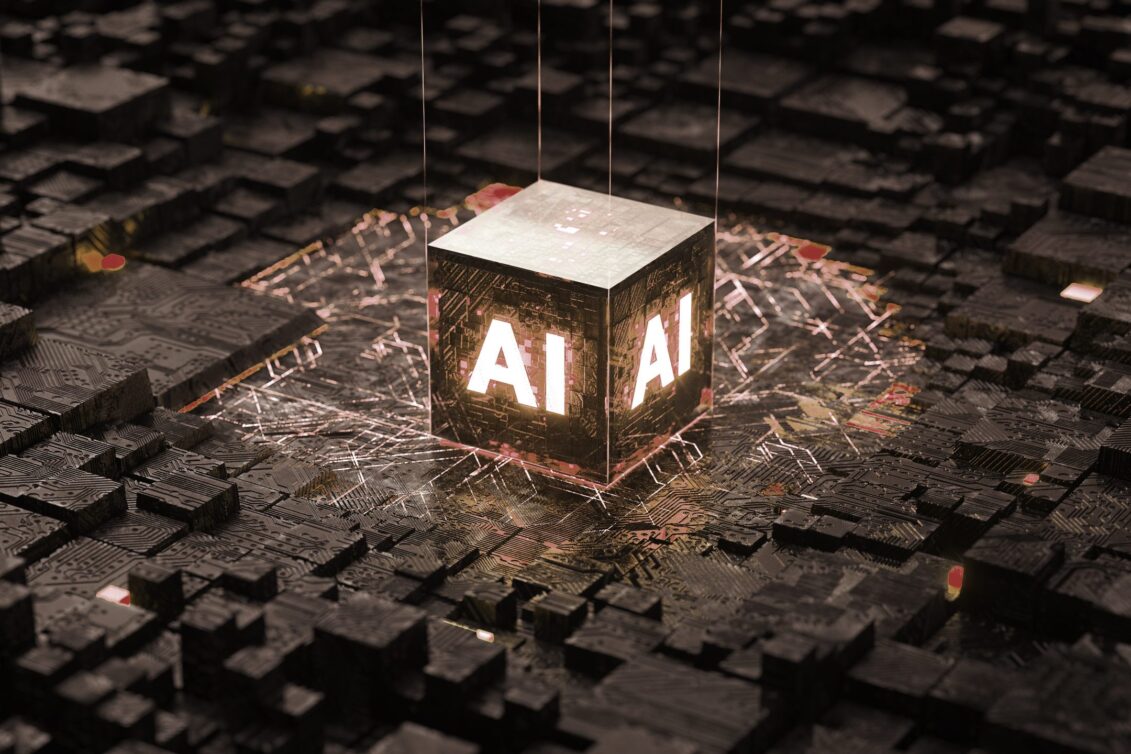Aspen Cybersecurity Group Warns of AI-Driven Threats
- Defensive AI holds a temporary edge, but offensive capabilities are advancing fast
- AI-powered attacks can breach organizations in under 30 minutes
- New insider threats emerge as autonomous AI agents are compromised
- Nation-state actors increasingly use AI-generated synthetic identities
- Experts call for a new AI-focused security framework and post-quantum cryptography
AI Shifts the Cybersecurity Balance
The Summer 2025 session of the Aspen US Cybersecurity Group brought together government, industry, and academic leaders to address the mounting challenges posed by artificial intelligence in cybersecurity. A clear consensus emerged: while defensive AI currently provides an edge, this advantage may be short-lived unless organizations rapidly innovate and prioritize ‘secure by design’ principles for AI systems.
According to discussions at the event, the pace of offensive AI development is “extraordinary,” threatening to shift the balance of power in cyber conflict. The convergence of geopolitical tensions, accelerated AI adoption, and widespread remote work has dramatically expanded the digital attack surface, requiring a fundamental rethink of cybersecurity strategies.
AI-Powered Attacks Outpace Human Defenses
Simulations by the Unit 42 Threat Intelligence team demonstrated that advanced AI can now execute a full attack chain—from initial access to data exfiltration—in as little as 25 minutes. This speed and automation far exceed what human-led operations can achieve, signaling a future where the most sophisticated AI will hold the decisive advantage.
Threat actors are not merely automating legacy tactics. Increasingly, they are targeting the foundations of AI deployments, such as internal large language models (LLMs). Compromised LLMs can map network architecture, identify sensitive data, and craft advanced social engineering attacks. Experts warned these capabilities will only become more automated and advanced, with attackers even targeting the data used to train models.
Emergence of Autonomous Insider Threats
The concept of the insider threat is evolving. While traditionally associated with malicious or compromised staff, the Aspen meeting highlighted the risk posed by autonomous AI agents operating within networks. If compromised, these agents become a potent new type of insider threat, capable of leveraging their privileged access to exfiltrate data rapidly and efficiently.
Meanwhile, traditional threats are also evolving. The 2025 Unit 42 Global Incident Response Report revealed that cases of nation-state actors using fraudulent remote worker identities tripled in 2024. These groups, including those linked to North Korea, are leveraging generative AI and deepfake technologies to create convincing synthetic identities, complicating detection efforts and blurring the line between external and internal threats.
Redefining Security Frameworks for the AI Era
Participants agreed that securing the “human-machine interface”—the critical points where users and systems interact—is now essential. The event spotlighted a five-layer model for securing the AI technology stack, developed by the Paladin Global Institute. This structured framework aims to help CISOs and CIOs address AI risk comprehensively, moving beyond piecemeal solutions toward a holistic approach.
There was broad interest in adopting this model as a new security paradigm, reflecting the unique complexities introduced by AI in enterprise environments.
Preparing for the Quantum Threat
Looking beyond AI, the group discussed the looming risk of quantum computing. Quantum technology threatens to undermine current encryption standards, making it possible for stolen encrypted data to be decrypted in the future. Organizations such as Palo Alto Networks are investing in post-quantum cryptography research and solutions to help customers prepare for this eventuality.
Collaboration Remains Key
The Aspen meeting reinforced the view that cybersecurity is a collective challenge. As threats evolve at unprecedented speed, so too must innovation and collaboration among stakeholders. Leaders called for ongoing knowledge-sharing and joint efforts to stay ahead of adversaries in the rapidly changing landscape of AI-driven cyber threats.
